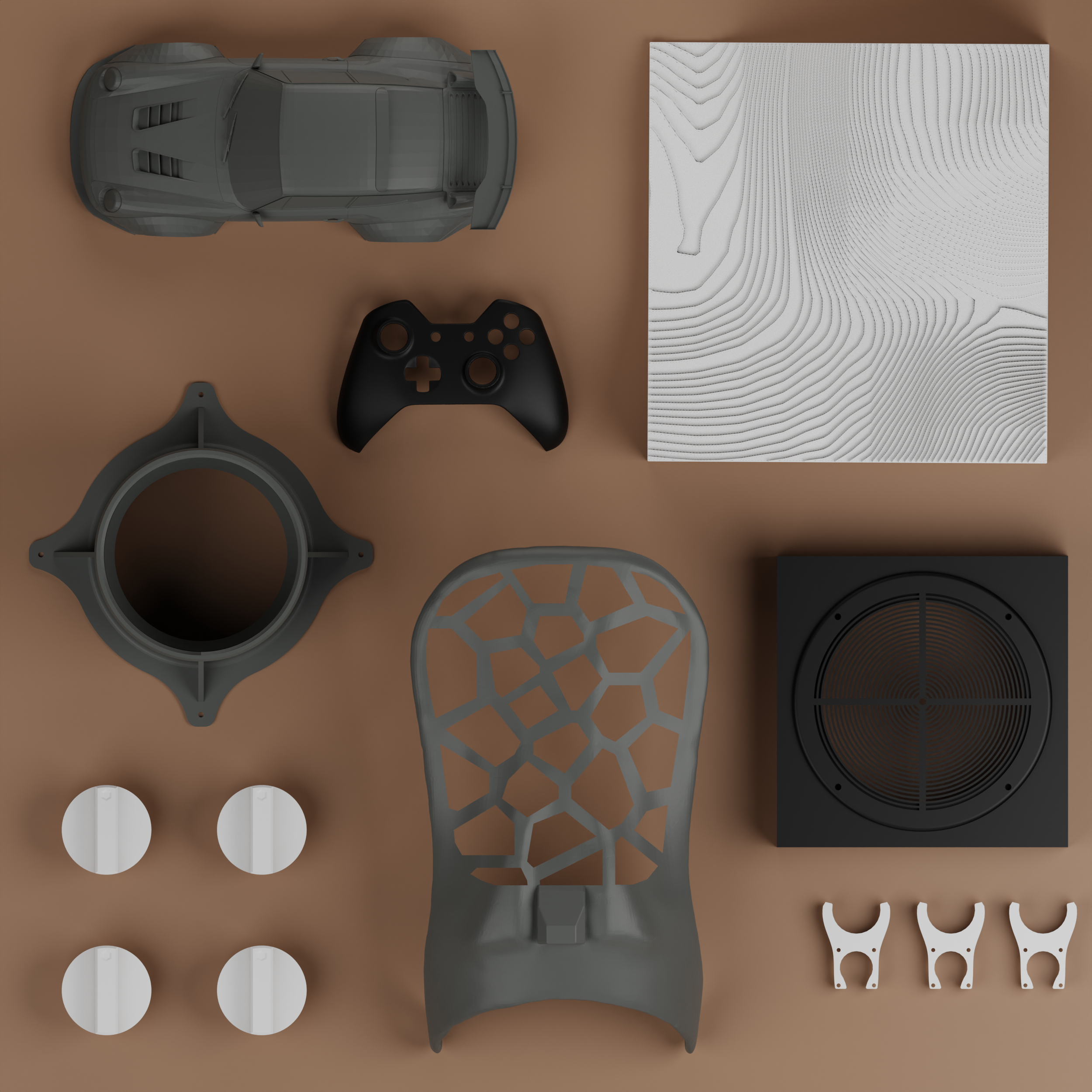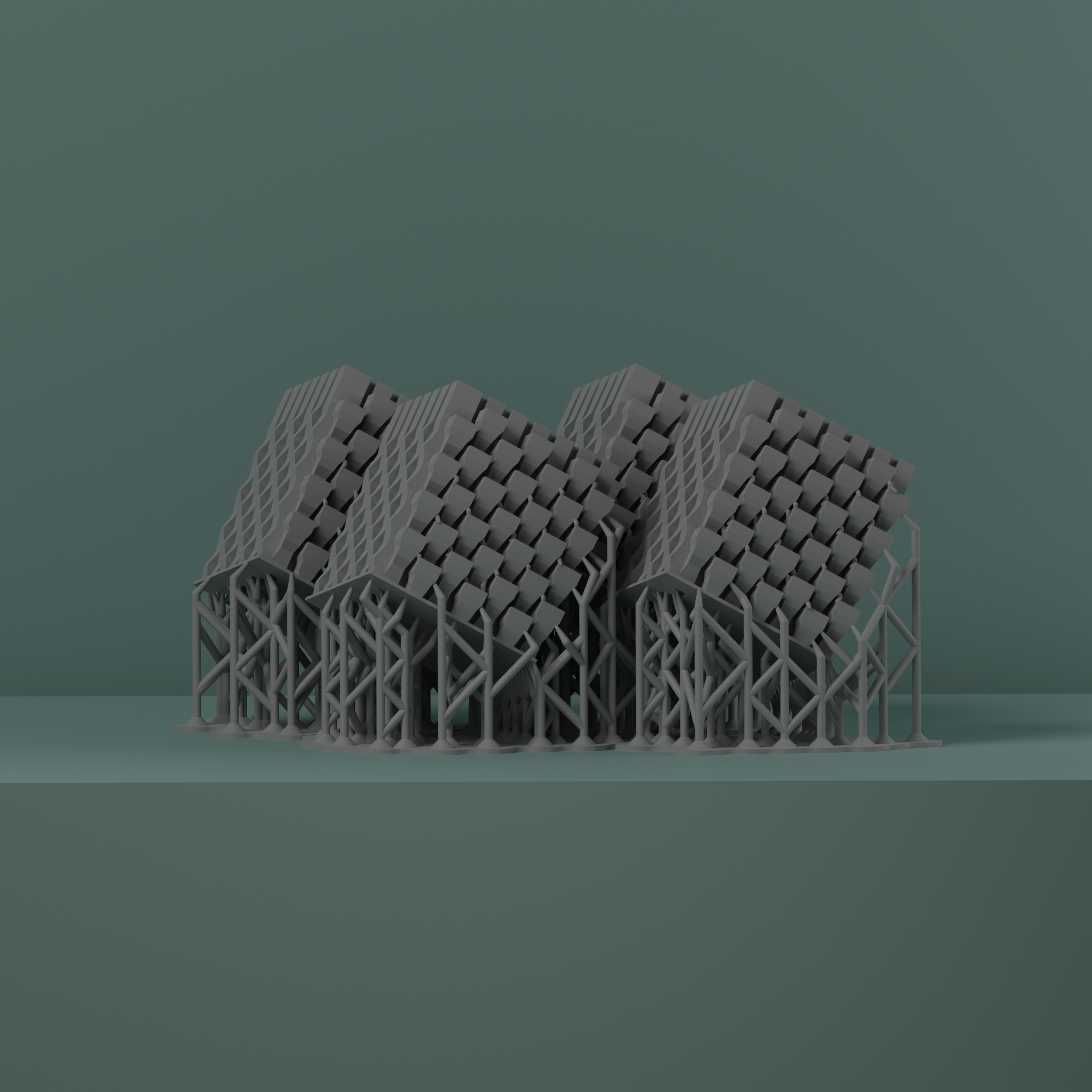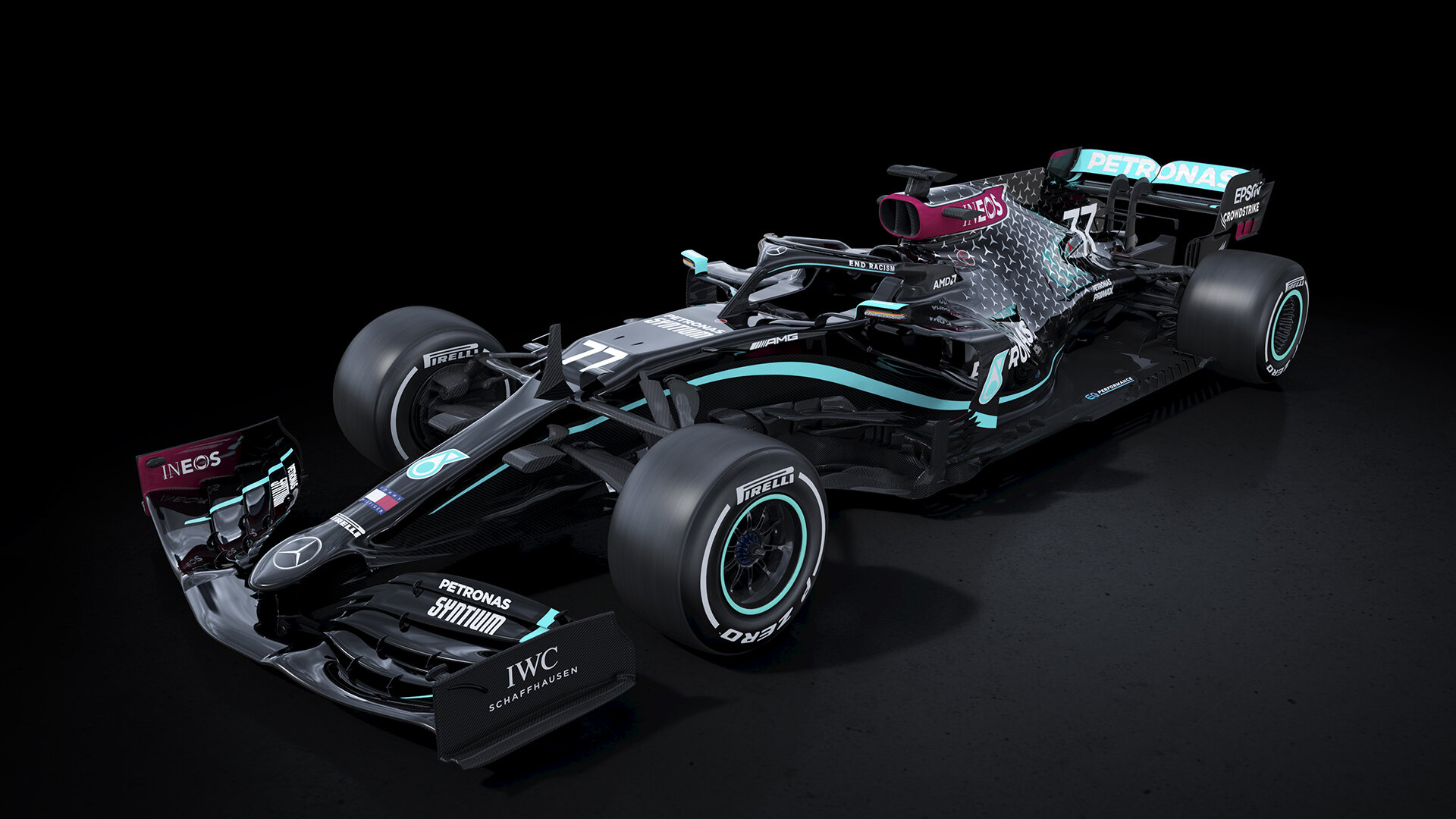The Value of Human Interaction in 3D Printing
While automated processes and algorithms are becoming increasingly sophisticated in the field of 3D printing, human interaction remains invaluable for leveraging creativity, addressing complex challenges, and ensuring the successful integration of 3D printing technology into various industries and domains.
Design, Print, Test, Repeat: Iteration in 3D Printing
The main advantage of 3D printing over traditional manufacturing is the ability to iterate quickly and cheaply. This makes the technology revolutionary in its ability to spur innovation. For a long time, 3D printing was best used for prototyping parts. Now, there are new durable and functional materials hitting the market nearly every day.
The Growing Trend of Replacing OEM parts with 3D Printed Parts
For various reasons, original equipment manufacturers (OEMs) are not always the best source for replacement parts. A growing number of people and companies are looking to 3D printing as a way to replicate parts that they otherwise would struggle to procure. This is especially true in the automotive, construction, and hardware technology industries.
3D Printing is Dead, Long Live 3D Printing
Like other tech companies and startups, additive manufacturing – aka 3D printing – benefited greatly from an influx of capital in 2020-2021. Over the past two years, several 3D printing companies have gone public, raised large funding rounds, been acquired, or merged with other companies in an effort to further scale their businesses. However, the recent decline in valuations of public 3D printing companies is raising some questions about the market potential of the technology.
Proof of Concept vs. Prototype vs. Minimum Viable Product: What’s the Difference?
Anyone who is creating a physical product should be familiar with the difference between Proof of Concept, Prototype, and Minimum Viable Product. One of the most cost-effective and time-saving ways to create and iterate hardware products is through 3D printing.
The Ultimate Guide To The Most Popular 3D Printing File Types
Before you can “press print” on a 3D printer, you must first have a digital 3D model of your part(s). 3D models can come in a variety of CAD file types that can be opened and edited in 3D modeling software. One of the most common discussions we have with clients is what types of 3D model files we need for quoting and 3D printing parts.
Top 3 Innovative 3D Printers for Beginners
As daily users of a variety of 3D printing technologies, we want to share our list of the three best innovative 3D printers for beginners in business. These might not be the best printers for children and/or hobbyists, but if you’re looking to use your 3D printer as a way to generate income, look no further than these three machines.
Restoring and Recreating Unique Objects with 3D Design
Prototyping is the iterative process used by product designers to create new parts and inventions, and it's also what 3D printing is most well-known for. However, 3D printing is also extremely important to the restoration and recreation of old and existing parts. Thanks to the help of 3D scanning technology, architects, engineers, scientists, doctors, historians, archaeologists, and beyond are now able to create near-perfect 3D printed replicas of almost anything. Existing and emerging 3D technology is working hard to preserve history and in some cases, save lives.
How 3D Printing Can Help Make Production More Sustainable
We live in a world that demands affordable products on a rapid timeline. We are also increasingly seeing more demand for sustainably produced products. It is difficult to reconcile these two seemingly contradictory requirements. However, additive processes such as 3D printing are offering up resource-saving solutions that are changing the game. Here are some of the ways 3D printing can help make production more sustainable.
How to Choose the Right 3D Printing Material for your Project
Choosing the right 3D printing material can be a conundrum, but the choice can be made easier by asking yourself a couple simple questions. Once you know exactly what you want your part to do and withstand, you’ll be able to choose the perfect 3D printing material for your project.
Demystifying 3D Printing Pricing: 5 Factors and How to Manage Them
If you’ve ever inquired about how much it would cost to 3D print a part, you know that it can be difficult to predict what you’ll be quoted. That’s because there are several factors that go into determining the price, some of which have a small impact and others that have a bigger impact.
10 Innovative Uses of 3D Printing
Could you be 3D printing? The technology is sometimes viewed as a process that’s exceedingly futuristic, technical, and niche. As a result, many people shy away from considering its applications for themselves or their business. This article presents 10 real-world applications of 3D printing across various industries.
Simple 3D Modeling Tips for FDM Printing
The biggest mistake you can make in 3D printing is not understanding the limitations of 3D printing. This post contains some simple tips for developing 3D printable CAD models.
7 Steps for Setting Up Files for Problem-Free FDM 3D Printing
So you finished 3D modeling your project on your preferred CAD (Computer Aided Design) software and now you want to 3D print it. Before you can begin 3D printing, it is important to optimize your files and run through a few additional steps to avoid any problems during the printing process. This print guide will help you properly optimize and prepare your digital files prior to starting your prints.
Pioneering Architectural Model Making with 3D Printing
Architectural models have long been made using traditional processes and materials such as paper, cardstock, chipboard, and balsa. Today, 3D printing is making it cheaper, faster and easier to produce more precise, higher quality and safer models using lightweight, durable filaments. This post examines how traditional model making compares to 3D printed architectural models.
















